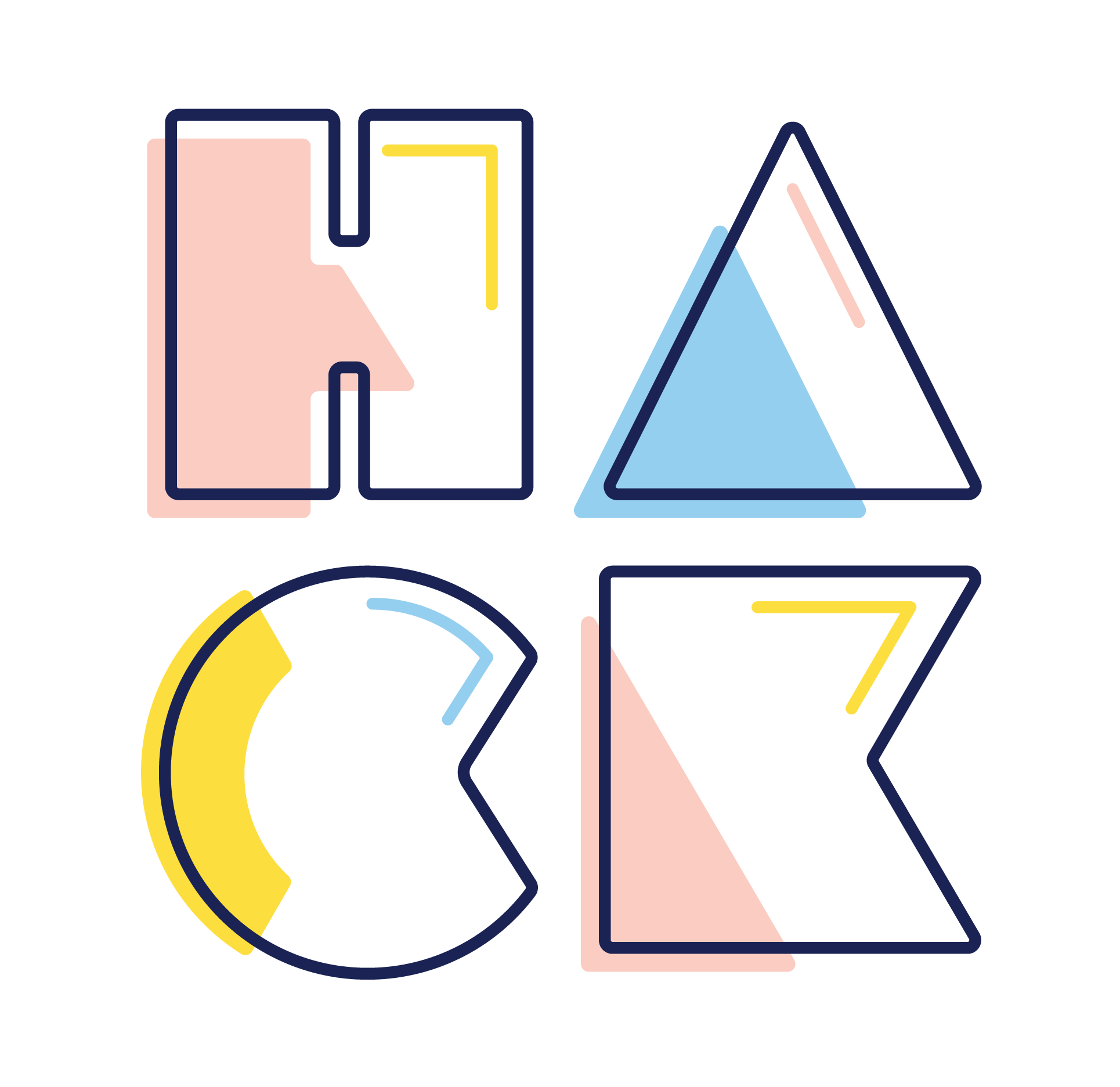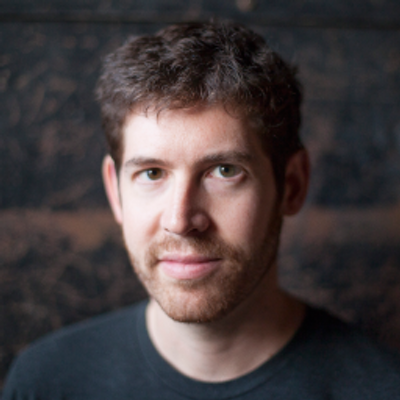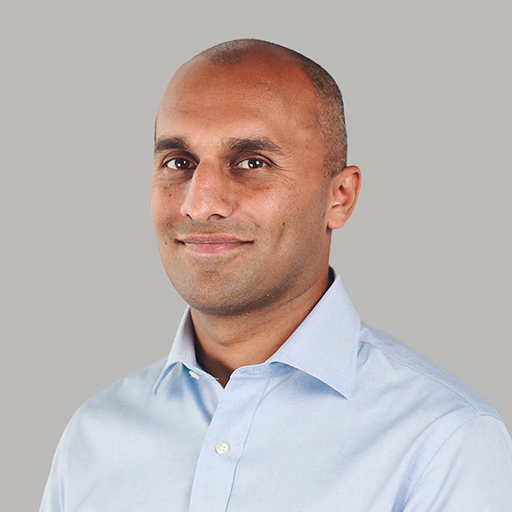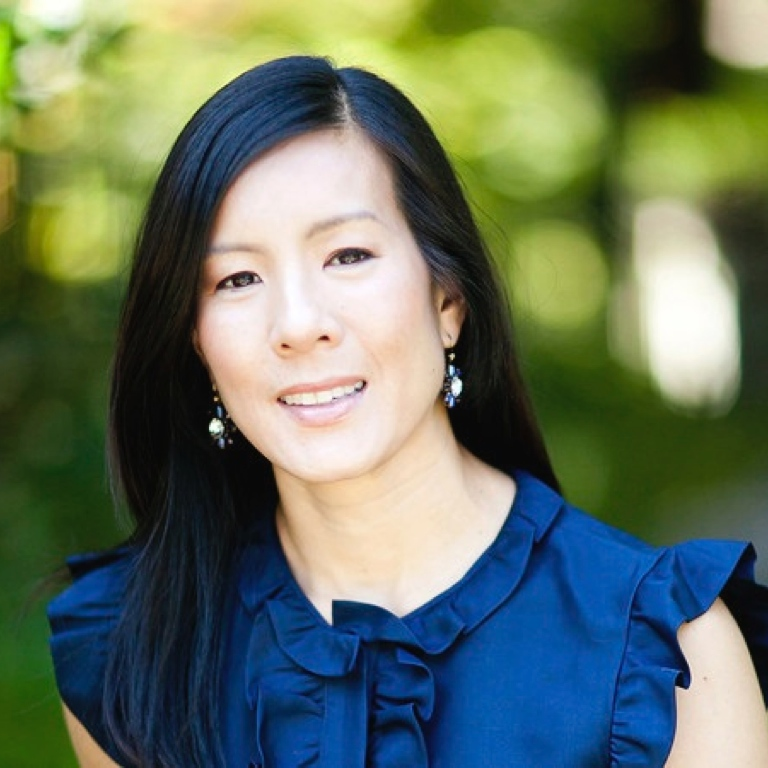
Can I attend?
If you are a high school 🏫 student or a college 🎓 undergraduate (MIT M.Eng
included) AND you are at least 13 years old, then yes!

What if I can't attend?
If you're not currently a student and you want to help 🤝 out,
sign up here to help mentor 👨🏫👩🏫 and/or judge 👩⚖️ our hackers! If you have any questions, let us know at
[email protected]!

When is registration?
Look out for the opening of HackMIT 2020 registration in July! This year, we'll have two
rounds of admissions:
Round 1️⃣ opens July 8th and closes July 24th, 🕛 11:59pm PDT.
Round 2️⃣ opens July 25th and closes August 7th, 🕛 11:59pm PDT.
Teams will be admitted by rounds, and results from Round 1️⃣ will be released before
results from Round 2️⃣. Results from each round will be released two weeks after the round ends and applicants will have one week to confirm.

Can my team apply in different rounds?
Y⭕u'll need t⭕ apply in the same r⭕und as y⭕ur teammates t⭕ be c⭕nsidered as
a team during admissions.

What if I go to MIT?
All MIT 🏛 students will need to submit an application. If you're an
incoming MIT freshman, you will receive automatic admission, but you'll still need to fill
out an application to be guaranteed a spot at HackMIT!

Is there an admissions puzzle again?
༼つ ◕_◕ ༽つ༼つ ◕_◕ ༽つ༼つ ◕_◕ ༽つ

What are tracks at a hackathon? 🛤
To help focus your ideation 🧠 process, we’ve developed four tracks, or
impact areas, for you to hack in. The top project within each track will be awarded a prize
🏆. We can’t wait to see what problems you tackle with your project!

How will tracks and prizes 🥇 work?
You'll have the opportunity to submit your project to 1️⃣ (and only one!) of
our tracks, making you eligible for that track prize! During our event, we'll also be
providing each track with its own set of ideation resources.

Do I have to submit to a track?
You're not required to submit your hack to a track, but you will need to in
order to be considered for our track prizes. Tracks are meant to enhance the hacker
experience, but if there truly isn't a track for you, don't worry! Projects submitted
without a track are still eligible for sponsor challenges and HackMIT grand prizes 🏆🏆🏆.

Do I have to submit a project if I attend?
If you don't submit a project, you can still attend our workshops and listen 👂 to our
awesome speakers! However, in order to receive $wag, you must submit a project.

How do teams work?
Your team can have up to 4️⃣ people! You can select teammates 🤼 when you register, or you can register
individually without specified teammates. We’ll admit by teams, so rest assured you’ll be able to hack with your friends!

What if I don’t have a team?
If you don’t have a team now, that’s okay 👌! We’ll have team formation and ideation events geared towards helping you find people to work with.







































 What is a hackathon?
What is a hackathon?
 When is HackMIT?
When is HackMIT?
 What's the cost 💰?
What's the cost 💰?
 Where’s the schedule?
Where’s the schedule?
 But I’ve never hacked!
But I’ve never hacked!
 I have more questions⁉️
I have more questions⁉️
 A question for you:
A question for you:
 How does a virtual 🌐 hackathon work?
How does a virtual 🌐 hackathon work?
 What tech or tools should I 🅱️ring?
What tech or tools should I 🅱️ring?
 Will there $till be $wag? 🤑
Will there $till be $wag? 🤑
 What if I have a slow Internet connection?
What if I have a slow Internet connection?
 What about hardware hacks?
What about hardware hacks?
 Can I attend?
Can I attend?
 What if I can't attend?
What if I can't attend?
 When is registration?
When is registration?
 Can my team apply in different rounds?
Can my team apply in different rounds?
 What if I go to MIT?
What if I go to MIT?
 Is there an admissions puzzle again?
Is there an admissions puzzle again?
 What are tracks at a hackathon? 🛤
What are tracks at a hackathon? 🛤
 How will tracks and prizes 🥇 work?
How will tracks and prizes 🥇 work?
 Do I have to submit to a track?
Do I have to submit to a track?
 Do I have to submit a project if I attend?
Do I have to submit a project if I attend?
 How do teams work?
How do teams work?
 What if I don’t have a team?
What if I don’t have a team?